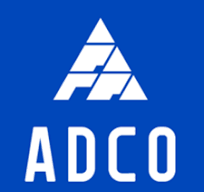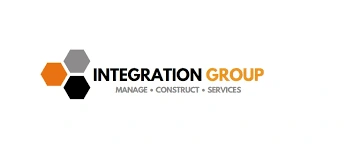Everything You Need to Know About Autodesk BIM Content Catalogue
Building Information Modeling (BIM) has revolutionised the architecture, engineering, and construction (AEC) industry by providing a comprehensive and collaborative way to design, construct, and manage buildings and infrastructure. Autodesk, a leader in 3D design and engineering software, has developed tools that are pivotal in BIM processes, such as Revit. One of the key resources for BIM users is the Autodesk BIM Content Catalogue, which serves as a repository of digital assets essential for BIM workflows. Here’s everything you need to know about this vital tool.
What is the Autodesk BIM Content Catalogue?
The Autodesk BIM Content Catalogue is a vast, organized library of pre-made BIM objects, components, and families that can be used within Autodesk’s BIM software, especially Revit. These components range from simple objects like doors, windows, and furniture to complex systems like HVAC units and electrical panels. Each object in the catalogue is designed to include both geometric information (3D models) and non-geometric data (metadata) such as manufacturer details, performance characteristics, and installation guidelines.
Why is the Autodesk BIM Content Catalogue Important?
- Efficiency in Design: The Autodesk BIM Content Catalogue provides ready-made components that save time and effort during the design process. Instead of creating every object from scratch, designers can quickly insert these pre-configured elements into their models, ensuring consistency and accuracy.
- Standardization: The catalogue helps in maintaining a standard across different projects. Since the components come from reputable manufacturers and follow industry standards, they ensure that all team members are on the same page, reducing the risk of errors or mismatches in the final design.
- Enhanced Collaboration: BIM thrives on collaboration, and the Autodesk BIM Content Catalogue supports this by providing a common language for different stakeholders. Whether you’re an architect, engineer, contractor, or client, having access to the same library of components facilitates smoother communication and decision-making.
- Data-Rich ModelsEach component in the catalogue is embedded with metadata that can be used throughout the lifecycle of a building. This data is not only useful during the design phase but also in construction and facility management, supporting the creation of a true digital twin.
Key Features of the Autodesk BIM Content Catalogue
- Extensive Library:The catalogue includes thousands of BIM objects, covering a wide range of categories and industries. Users can find components for architectural design, structural engineering, MEP (mechanical, electrical, plumbing) systems, and more.
- Manufacturer-Specific Content:Many objects in the catalogue are provided directly by manufacturers, ensuring that the models are accurate representations of the actual products. This is crucial for ensuring that the digital model reflects real-world conditions, which is essential for clash detection and other analyses.
- Customizability:While the objects in the catalogue are pre-made, they can often be customized to fit specific project requirements. For example, users can adjust dimensions, materials, and other parameters to tailor the component to their needs.
- Integration with Autodesk Tools:The content catalogue is seamlessly integrated with Autodesk software like Revit. This allows for easy importation of objects into models and ensures that the components work harmoniously with the software’s features, such as parametric design and scheduling.
- Cloud Accessibility:The catalogue is available through the Autodesk BIM 360 platform, meaning that users can access the content from anywhere with an internet connection. This cloud-based approach supports remote collaboration and ensures that the latest content is always available.
How to Use the Autodesk BIM Content Catalogue
Using the Autodesk BIM Content Catalogue is straightforward:
- Search: Start by searching for the component you need. The catalogue allows you to filter results based on various criteria, such as category, manufacturer, and file type.
- Download:Once you’ve found the right component, you can download it directly into your project. In some cases, you can preview the object within the browser before downloading it.
- Insert:After downloading, the component can be inserted into your Revit model. From here, you can adjust the parameters as needed to ensure it fits within your design.
- Manage:As your project progresses, you may need to update or replace components. The catalogue allows you to manage these changes easily, ensuring that your model remains accurate and up-to-date.
By providing a vast library of standardized, data-rich components, it enhances efficiency, supports collaboration, and ensures that BIM models are accurate and reliable. Whether you’re designing a small residential building or a large infrastructure project, the Autodesk BIM Content Catalogue is a resource that can significantly streamline your workflow and improve the overall quality of your projects.
































